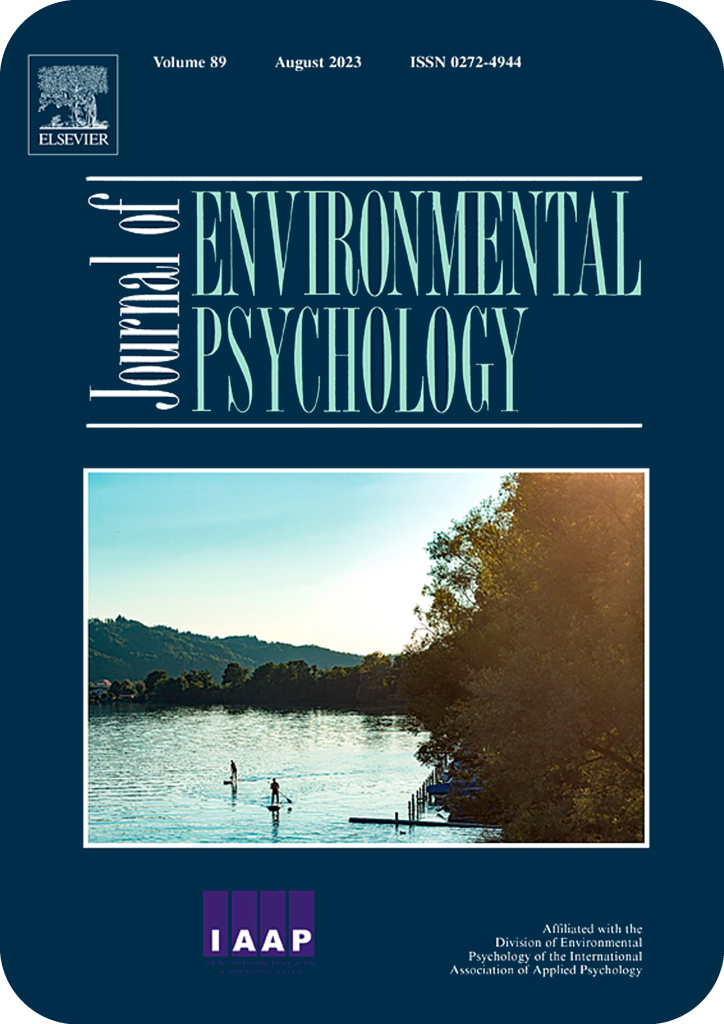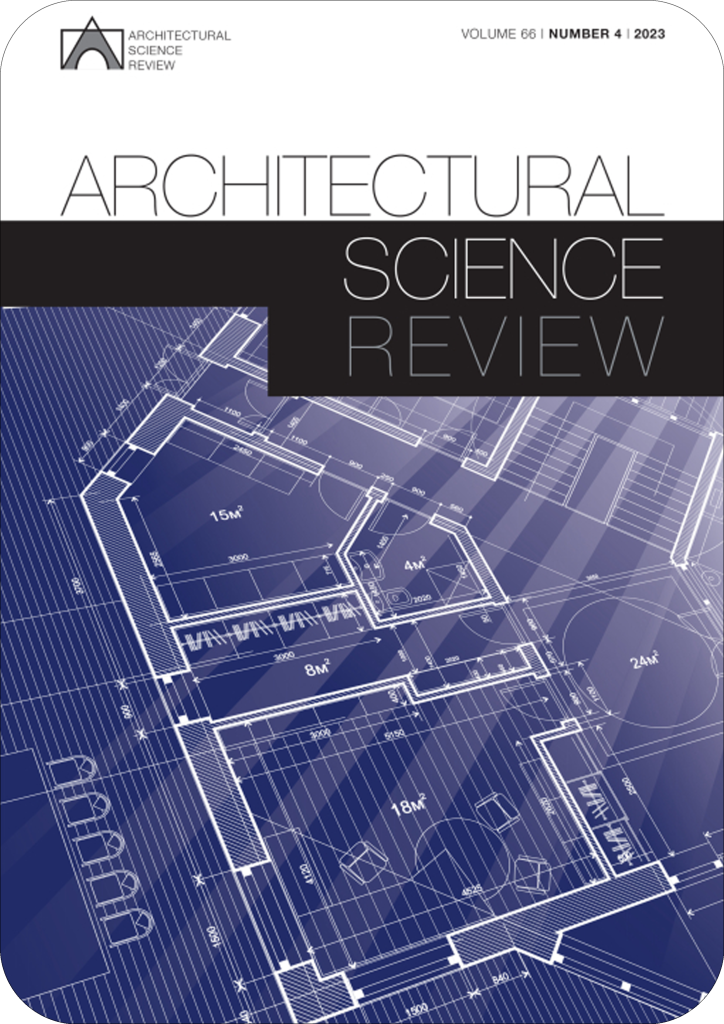
Abstract: In some sub-urban areas, planning the distribution of resources is a highly difficult mission that is often done in retrospect, as a response to the (illegal) development of new built areas. The Arab settlements in the Galilee are organic entities and can be perceived as organic ‘communities’. Their built morphology is unique and does not follow strict geometrical patterns. The streets in these settlements do not align, and there is no visible continuity of their morphology. The difficulty in predicting the development of these settlements challenges the ability of the local authorities to adjust their planning in terms of urban infrastructure and facilities. This leads to low maintenance of the urban systems. Computer simulation models that mimic the development of such settlements could help understand the development trends and support future alternative designs. This may lead to better control and distribution of urban resources by local authorities and thus to an improved quality of life of the residents. In this paper, the potential and possible use of a preliminary agent-based cellular automata model is illustrated. This model mimics the development of sub-urban Arab (organic) settlements in the Galilee. It can be used to identify the influence of various scenarios of top down urban planning on the built environment. For example, planners can use this model to study the influence of different transportation paths on the city’s development. This work is based on the perception of urban and sub-urban entities as complex ones. These systems fit the definition of complex as they are governed by many agents that act in space and time, and are motivated by various forces. The interactions between these agents control the evolution of the built environment. In a preliminary study, we considered Sachnin as a case study and identified diverse forces that influence the development of the organic Arab settlement. We developed a preliminary model based on the traditional patriarchal form of the Arab family, as its influence on the settlement’s development is very significant. We showed that identifying one of the most influential processes that are related to the Arab settlements leads to a better understanding of the urban evolution in terms of spatial distribution and morphological configuration.
more papers



